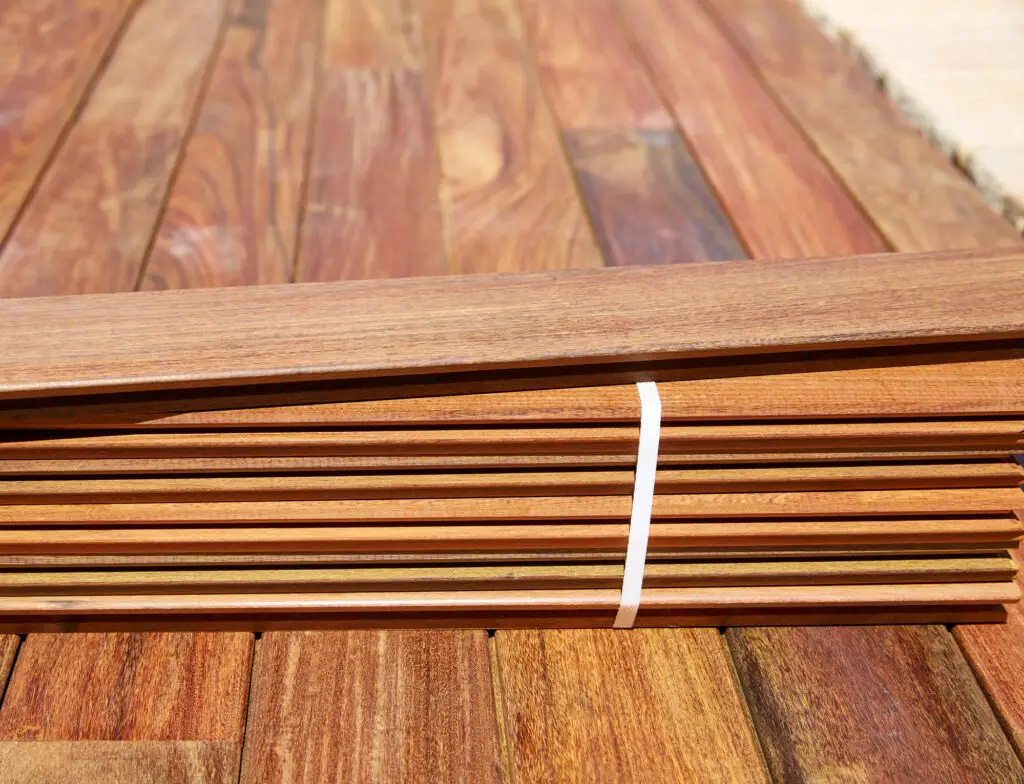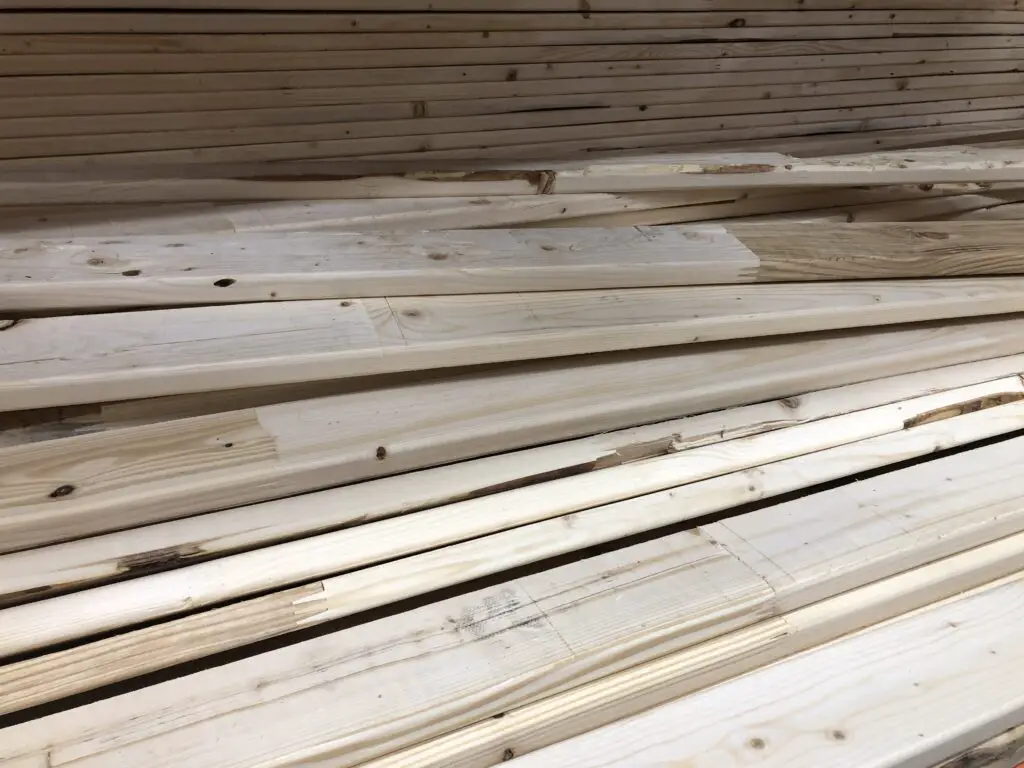A factor you may have to keep in mind when working with any type of wood is just how much it may shrink over time.
For those who are using cedar for their projects, we have good news! Cedar, while a relative softwood, has a reasonably low shrinkage rate compared to other types of wood. Cedar also has some of the best resistance properties when compared to different common varieties of wood.
Some factors that can affect cedar’s shrinking includes but aren’t limited to:
- Moisture content
- Weather and environment
- Seasonal Changes
What Is Cedar Wood?
Cedar is a domestic hardwood known for its versatility and durability. Its natural resistance against insects and weather, as well as a pleasing scent and aesthetic, make it a popular wood for many to use in their woodworking projects. Finally, its growth in both the east and west coast of the United States makes it one of the more widely available woods for all to have access to.
What can Cedar Wood be Used For?
Due to its versatile physical properties, cedar can be used for a variety of woodworking projects. These can include but aren’t limited to:
- Decking
- Siding
- Fencing
- Trimming
- Furniture
- Shingles
- Panels
If you want to make a fantastic product out of wood, cedar can be one of the best materials to construct it!
How Much Does Cedar Wood Shrink?
Compared to other woods, the amount of shrinkage cedar can have is relatively low, around ⅛ of an inch. While cedar does shrink when the moisture inside it dissipates, it will not shrink once it has been adequately dried, even if outside moisture is introduced.
How does Cedar Shrink?
Similar to other woods, cedar can shrink as a result of the wood expelling its internal moisture. While the outer layers of the wood can remove moisture efficiently, it takes the inner layers a longer time to expel the moisture.
As a result, the outer layer may start to cave in, resulting in shrinkage and possible cracking.
How Long Can it Take Cedar Wood to Dry?
The length of time it takes cedar to dry correctly is entirely dependent on the method used to dry the wood. If the wood is dried naturally or with air, you can expect it to take a full eight to twelve months before it is thoroughly dried.
However, depending on the environment it is drying in and other various outside factors, drying may take less time or even longer than the average time frame.
What are Different Ways to Dry Cedar Wood?
Various methods can be used to execute and possibly speed up the drying process when drying cedar wood. Please note that the environment and other factors can heavily influence just how effective drying methods are.
The methods can include:
- Natural Drying: The most basic way of drying, also takes the longest to complete. Natural or unassisted drying is simply leaving the wood alone to get rid of all of its moisture by itself, which increases its chances of developing cracks or shrinkage along the way.
- Air Drying: The cheaper alternative to most drying methods, though it does take considerably longer for the process to finish. The most efficient way to air-dry wood is to have the wood in a well-ventilated area where most if not all surfaces of the wood have a constant airflow around it. It is also essential to ensure that the wood is protected against weather, the environment, and other high moisture sources while air drying.
- Kiln Drying: Kiln drying is debatably one of the most efficient drying methods for wood. Kiln drying is mainly done by having the wood stored in an airtight space or container before heat is applied. The heat can be from any source as long as it is efficient enough to draw the moisture off. While the other two methods can take months to complete, kiln drying cedar can take from four to ten days on average.
What are Some Results of Cedar Wood Shrinking?
As listed above, there are several results of a cedar wood shrinking. These include but aren’t limited to:
- Physical and dimensional changes
- Cracking or splitting
- Swelling or expanding
- Softening
What are Some Alternatives to Using Cedar Wood?
If you want to try a different wood other than cedar but still have similar properties, you have a few options. However, you will want to base your replacement choice on what type of project you are creating.
You can consider using some of the woods listed below:
- Pine
- Fir
- Spruce
- Tamarack
- Larch

